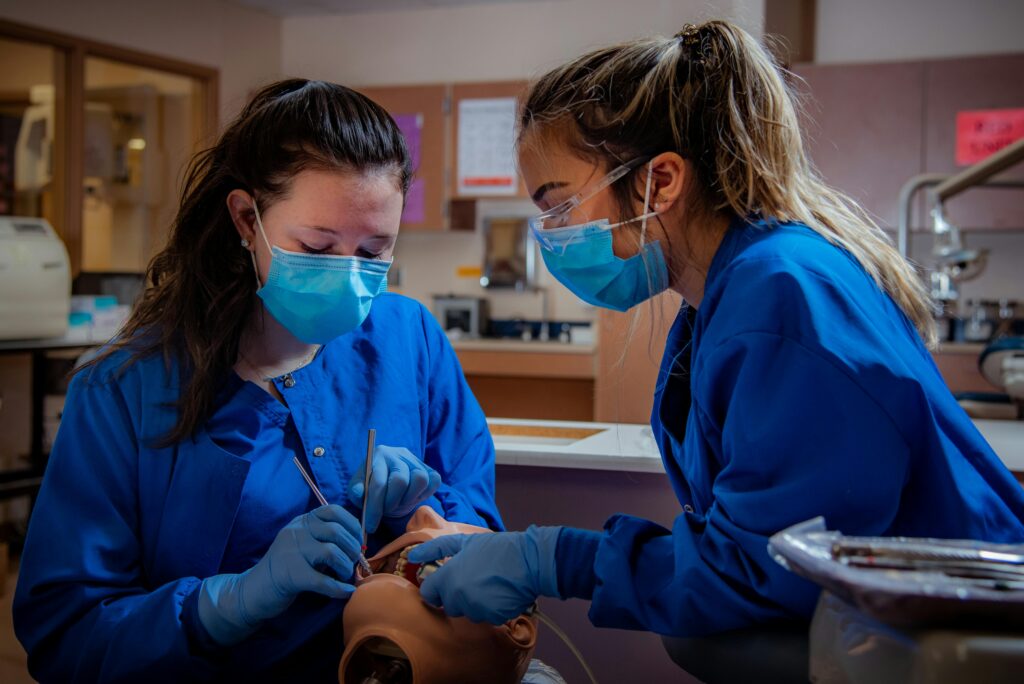Introduction
The medical innovation landscape is a dynamic and challenging environment. Startups aiming to disrupt healthcare with groundbreaking technologies face a unique set of hurdles, not least of which is securing sufficient funding to navigate the long and complex path to commercialization. Securing funding requires a compelling vision, a robust strategy, and a deep understanding of the investor landscape. This article explores key aspects of growth and strategy that medical innovation startups should consider when seeking funding.
1. Defining a Clear Value Proposition and Target Market
Before approaching investors, startups must articulate a crystal-clear value proposition. This goes beyond simply describing the technology; it necessitates demonstrating a deep understanding of the unmet clinical need the innovation addresses and how it uniquely solves that need better than existing alternatives. This understanding should be supported by robust market research, identifying the specific patient population, healthcare providers, and payer groups who will benefit most from the solution. Investors are acutely aware of the risks associated with medical innovation, and a compelling value proposition that directly addresses a significant market opportunity is crucial for attracting their attention and securing funding.
The target market definition shouldn’t be overly broad. A focused approach allows for a more precise marketing and sales strategy, which is inherently more attractive to investors. A realistic assessment of market size and potential revenue streams is vital, ensuring the startup’s vision is both ambitious and achievable within a reasonable timeframe. A vague or overly optimistic market projection will immediately raise red flags for potential investors.
2. Building a Strong Team and Demonstrating Expertise
Investors invest in people as much as they invest in ideas. A strong, experienced team is fundamental to a startup’s success. This requires assembling individuals with diverse skillsets, encompassing scientific expertise, regulatory knowledge, business acumen, and marketing capabilities. A clear organizational structure, defined roles, and demonstrable experience in bringing medical devices or pharmaceuticals to market are all highly valued. Investors will scrutinize the team’s capabilities to execute the proposed plan, manage risk, and overcome the inevitable challenges of the development process.
Beyond individual expertise, the team’s ability to collaborate effectively and demonstrate a shared vision is paramount. Investors are seeking evidence of strong leadership, a cohesive team dynamic, and the capacity to adapt and learn from setbacks. A well-defined advisory board, comprised of industry veterans and respected experts, can significantly bolster a startup’s credibility and attractiveness to investors.
3. Navigating the Regulatory Landscape and Intellectual Property
The regulatory pathway for medical innovation is notoriously complex and time-consuming. Startups must demonstrate a thorough understanding of the relevant regulatory requirements (e.g., FDA approvals for medical devices in the United States) and have a clearly defined strategy for navigating this process efficiently. This includes having a robust regulatory strategy from the earliest stages of development, ensuring the product meets all safety and efficacy standards, and building in ample time and resources for regulatory approvals. Investors want reassurance that the startup can successfully navigate this process, minimizing delays and potential roadblocks.
Strong intellectual property (IP) protection is also critical. Startups should proactively secure patents and other forms of IP protection to safeguard their innovations and create a defensible competitive advantage. A comprehensive IP strategy, including freedom-to-operate analysis, needs to be in place to avoid costly legal disputes and ensure the long-term viability of the technology. Investors look for strong IP positions as a key indicator of the startup’s potential for sustained growth and market dominance.
4. Developing a Robust Financial Model and Exit Strategy
Investors need a clear understanding of the startup’s financial projections, including detailed revenue forecasts, expense budgets, and funding requirements. A well-constructed financial model demonstrates a realistic understanding of the market, the costs associated with development and commercialization, and the potential return on investment. The model should also account for various scenarios, including best-case, worst-case, and most likely outcomes, showcasing the startup’s ability to adapt to changing circumstances.
Beyond the immediate financial projections, a well-defined exit strategy is essential. This should clearly outline the potential pathways for investors to realize a return on their investment, such as an acquisition by a larger pharmaceutical company, a successful initial public offering (IPO), or a strategic partnership. A credible exit strategy significantly enhances the attractiveness of the investment opportunity for potential funders.
5. Securing Funding and Building Investor Relationships
Securing funding requires a strategic approach, encompassing identifying appropriate investors, tailoring the pitch to their specific interests, and building strong relationships. This involves attending industry events, networking with potential investors, and crafting a compelling pitch deck that succinctly communicates the startup’s value proposition, team, and financial projections. It’s also crucial to understand the different types of investors (e.g., angel investors, venture capitalists, strategic partnerships) and tailor the approach accordingly.
Persistence and resilience are critical attributes for success. The funding process is often lengthy and challenging, requiring the ability to overcome setbacks and maintain momentum. Building strong relationships with investors is as important as securing funding itself, as these relationships can provide valuable guidance, mentorship, and ongoing support throughout the startup’s growth trajectory. Continuous communication, transparency, and a commitment to delivering on promises are all essential for building and maintaining trust.
Conclusion
Successfully navigating the funding landscape for medical innovation requires a multifaceted strategy that goes beyond a groundbreaking idea. Startups must demonstrate a clear understanding of their target market, build a strong team, navigate the regulatory landscape, and develop a robust financial model. By focusing on these key areas, medical innovation startups can significantly increase their chances of securing the funding needed to bring their life-changing technologies to market. The journey is demanding, but the potential rewards – both for the startup and for patients worldwide – are immense.
